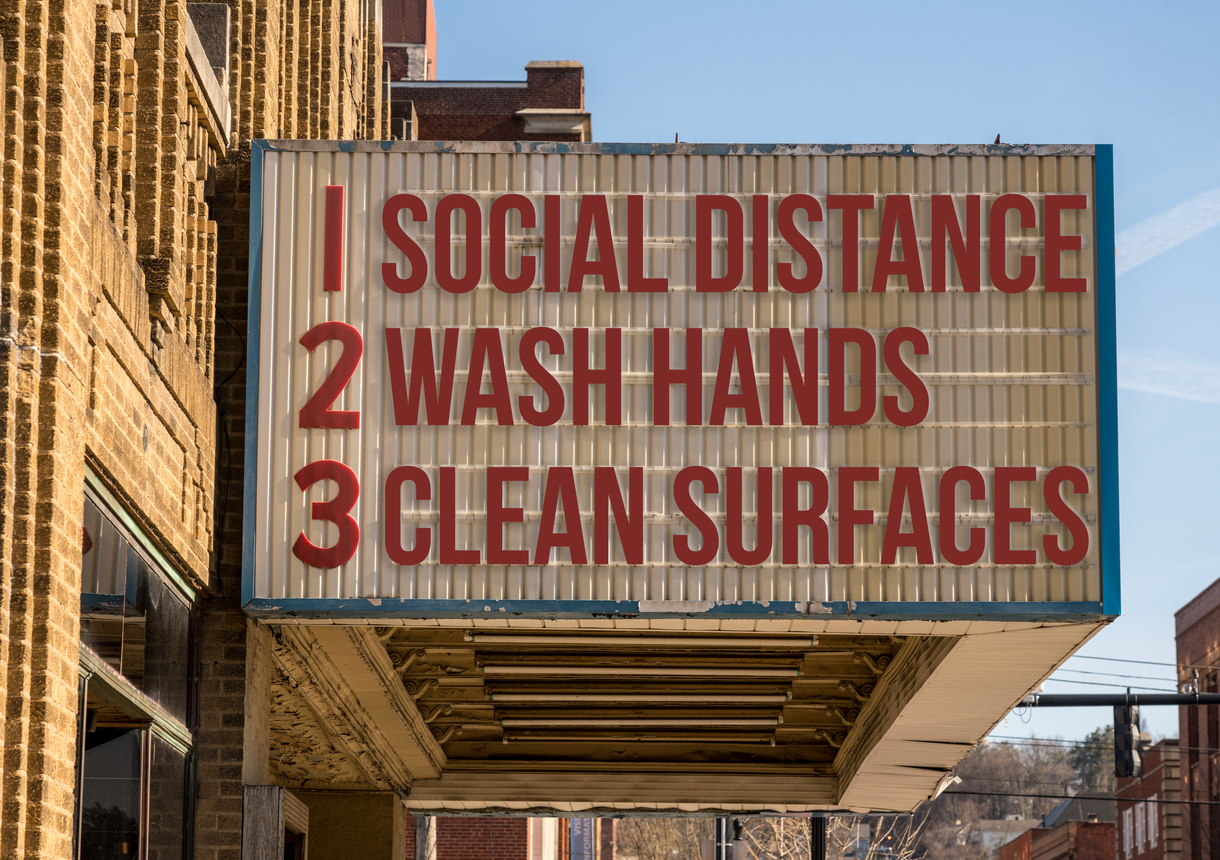As businesses open and the government restrictions end, a University of North Texas Health Science Center analysis shows that North Texans are not rushing out into the public, decreasing the chances for another surge of COVID-19 cases.
“It is noteworthy that there is no discernible change in this trend irrespective of whether lockdown is in effect or lifted,” Dr. Rajesh Nandy, Associate Professor of Biostatistics and Epidemiology in the HSC School of Public Health via release. “It appears that people’s collective action is dictated by perceived threat rather than formal government proclamations.”
In Tarrant County and Texas as a whole, residents have not surged to stores, restaurants, and shops, and hospitals have continues to operate well below capacity. While the slow return to the public has had financial consequences for the health systems, it may be good news for a surge of new patients (a UTSW study predicted 800 new cases a day in July).
The data showed that no matter when an official order shutting down the economy was enacted or lifted, mobility trends were similar across the country, revealing a sharp decline in visitors to restaurants, shopping, museums, and other locations in mid March, even when things didn’t officially close until later in the month. Throughout April and into May, there has been a slow but steady return to those businesses, but there was no spike in Texas when restrictions were lifted, meaning personal caution trumped decisions by government officials.
“It almost appears that people across the nation collectively decided to lock down as soon as the threat from COVID-19 was imminent in the middle of March, irrespective of intervention from state and federal authorities,” Dr. Nandy said via release. “This should give us hope in the event of a second surge in transmission.”
Nandy’s team looked at data from the Johns Hopkins Coronavirus Resource Center, European Centre for Disease Prevention and Control, Google COVID-19 community mobility report, Tarrant County Public Health and the North Central Texas Trauma Regional Advisory Council to determine the region’s mobility.





